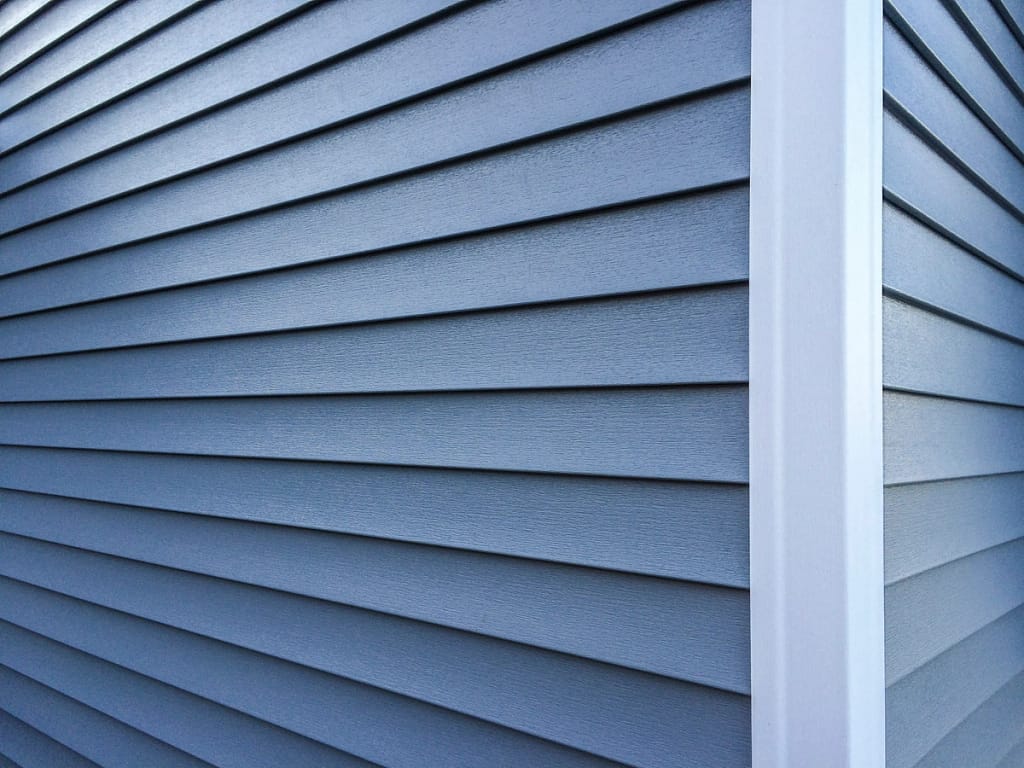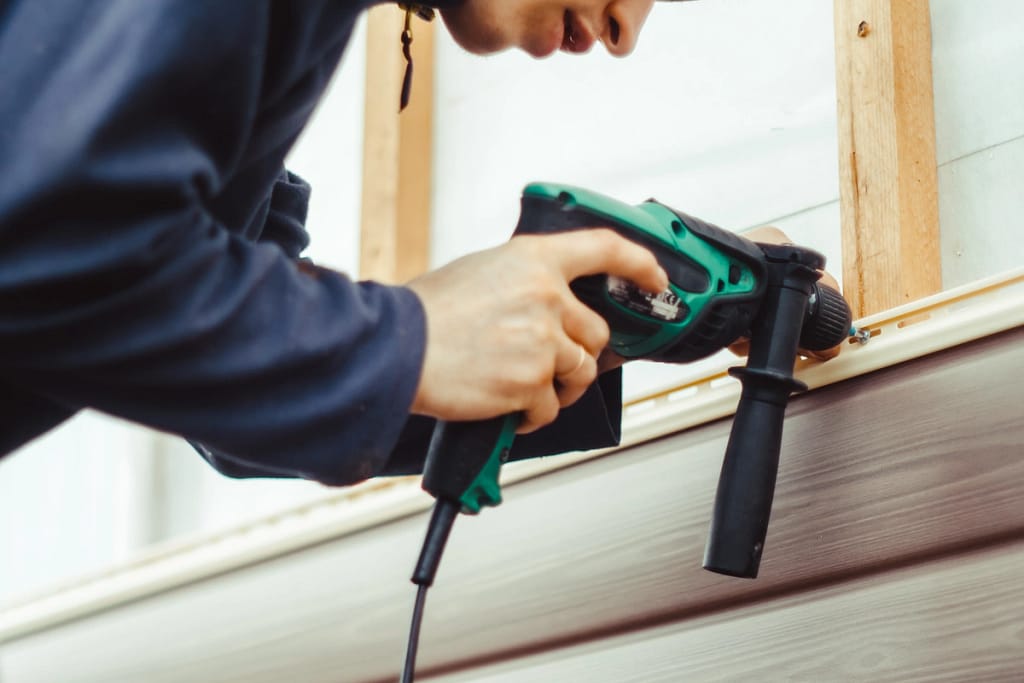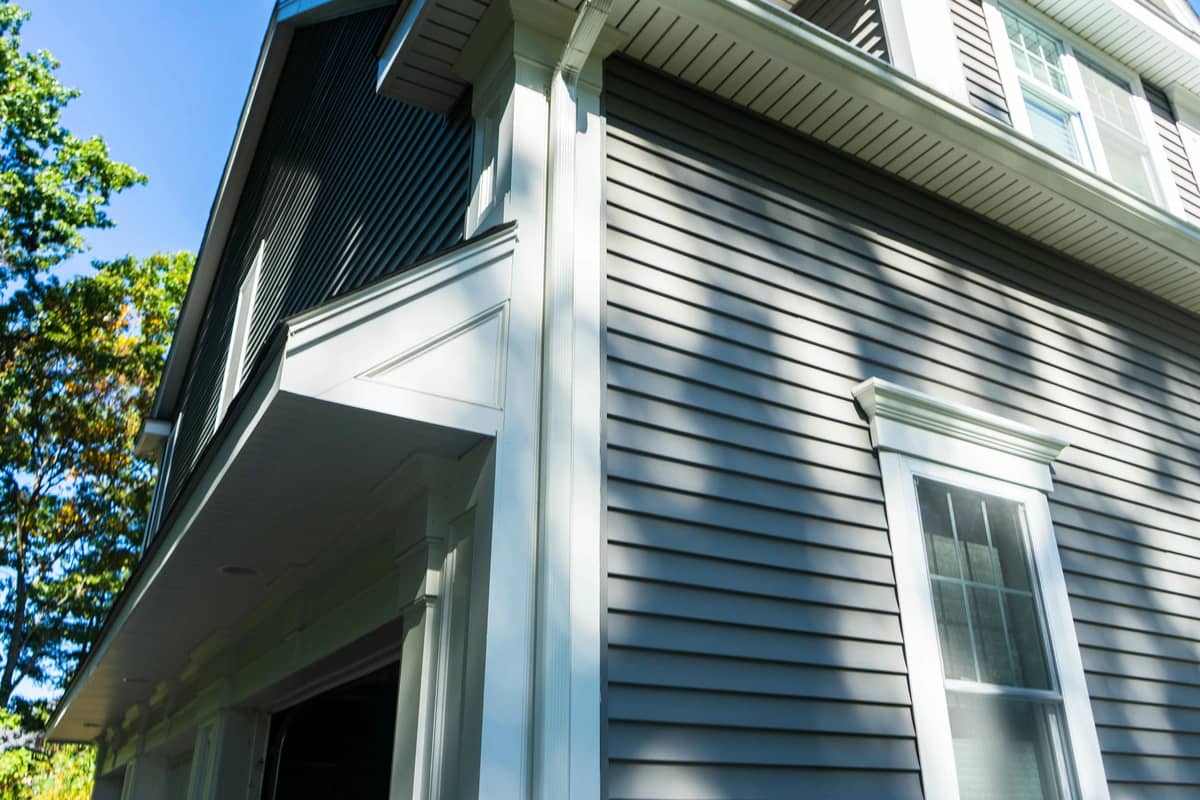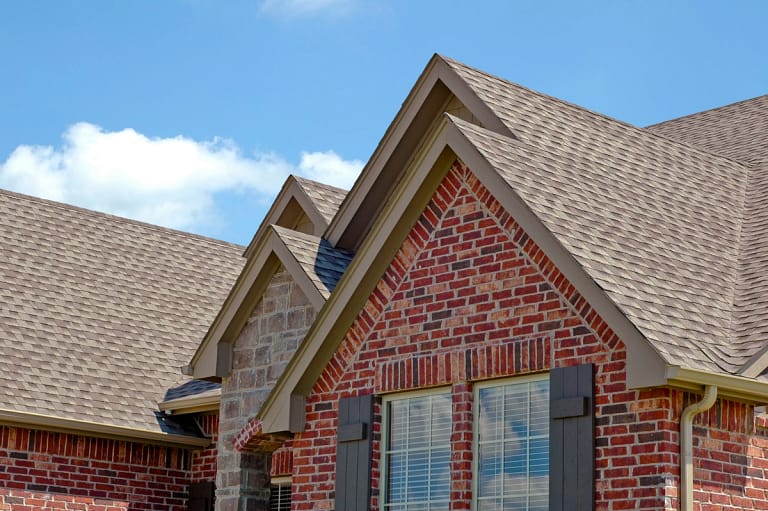Vinyl siding has become a staple in modern home exteriors, renowned for its:
- Durability
- Versatility
- Aesthetic appeal
Whether you’re considering a replacement, installation, or simply intrigued by its potential, navigating the realm of vinyl siding tools is paramount for success. In this comprehensive guide, we delve into the fundamental aspects of vinyl siding, from recognizing signs of replacement to understanding the essential vinyl siding tools, costs, and the DIY versus professional installation dilemma.
Signs That Your Vinyl Siding Needs Replacement
Before delving into the realm of tools and installation, it’s crucial to recognize when your vinyl siding may be due for a replacement. Here are some telltale signs:
- Fading and Discoloration: Over time, exposure to sunlight and harsh weather conditions can cause vinyl siding to fade or develop unsightly discoloration.
- Cracks and Damage: Cracks, chips, or dents in the siding can compromise its integrity, leading to water infiltration and potential structural damage.
- Warping and Buckling: Warped or buckled siding is not only unsightly but also indicates underlying issues such as moisture infiltration or improper installation.
- Mold and Mildew Growth: Excessive moisture trapped behind the siding can foster the growth of mold and mildew, posing health risks and indicating poor ventilation.
- High Maintenance Requirements: If your vinyl siding requires frequent painting, caulking, or repairs, it may be more cost-effective in the long run to opt for a replacement.
Benefits of Vinyl Siding

Despite the need for occasional replacement, vinyl siding offers an array of benefits that make it a popular choice among homeowners:
- Durability: Vinyl siding is resistant to rot, insect damage, and corrosion, ensuring longevity and minimal maintenance requirements.
- Versatility: Available in a myriad of colors, styles, and textures, vinyl siding offers endless design possibilities to complement any architectural aesthetic.
- Energy Efficiency: Insulated vinyl siding options can improve thermal efficiency, reducing heating and cooling costs and enhancing overall comfort.
- Low Maintenance: Unlike traditional wood siding, vinyl requires minimal maintenance, eliminating the need for painting or staining.
- Cost-Effectiveness: Vinyl siding is relatively affordable compared to other siding materials, offering an excellent return on investment in terms of longevity and energy savings.
DIY vs. Professional Installation
One of the most common dilemmas homeowners face when considering vinyl siding is whether to tackle the installation themselves or enlist the services of a professional. While DIY installation may seem appealing for cost-saving purposes, several factors must be considered:
DIY Installation
✅ Pros:
- Cost Savings: DIY installation can potentially save on labor costs, especially for those with basic carpentry skills.
- Sense of Accomplishment: Completing a home improvement project independently can be rewarding and empowering.
- Flexible Schedule: DIYers have the flexibility to work at their own pace and schedule the installation according to their convenience.
❌ Cons:
- Lack of Expertise: Without proper training and experience, DIYers may encounter challenges during the installation process, leading to costly mistakes.
- Safety Concerns: Working at heights and handling power tools pose safety risks, especially for inexperienced individuals.
- Warranty Implications: Improper installation may void the warranty provided by manufacturers, leaving homeowners liable for future repairs or replacements.
Professional Installation
✅ Pros:
- Expertise and Experience: Professional installers possess the necessary skills and experience to ensure a seamless and efficient installation.
- Warranty Protection: Most reputable siding contractors offer warranties on both labor and materials, providing peace of mind for homeowners.
- Time Efficiency: Professional installers can complete the project quickly and efficiently, minimizing disruption to daily routines.
❌ Cons:
- Higher Cost: Professional installation typically incurs labor costs, which can significantly impact the overall project budget.
- Limited Flexibility: Homeowners must coordinate with the contractor’s schedule, potentially causing delays in the installation process.
- Quality Assurance: While most professionals deliver high-quality results, homeowners should research and vet contractors to avoid potential issues.
10 Essential Vinyl Siding Tools

Whether you opt for DIY installation or hire a professional, having the right tools is essential for a successful vinyl siding project. Here are the must-have tools:
1) Vinyl Siding Cutter:
A specialized tool designed to cut vinyl siding accurately and efficiently, ensuring clean and precise edges.
2) Snap Lock Punch:
Used to create tabs on vinyl siding panels, allowing them to interlock securely with adjacent panels for a seamless finish.
3) Siding Removal Tool:
Facilitates the removal of existing siding without damaging the underlying structure, making way for the installation of new siding.
4) Level:
Ensures that siding panels are installed horizontally and evenly, preventing unsightly gaps or misalignment.
5) Nail Gun or Hammer:
Used to fasten siding panels to the exterior walls, providing secure attachment and stability.
6) Utility Knife:
Essential for trimming siding panels to size and making precise cuts around obstacles such as windows, doors, and corners.
7) J-Channel Cutter:
Enables the cutting of J-channel trim pieces to fit around windows, doors, and other openings, ensuring a professional-looking finish.
8) Caulk Gun:
Used to apply sealant or caulk around windows, doors, and trim pieces, preventing water infiltration and enhancing weather resistance.
9) Ladder or Scaffolding:
Provides access to high areas of the exterior walls for installation purposes, ensuring safety and stability during the process.
10) Safety Gear:
Includes gloves, safety glasses, and appropriate footwear to protect against potential hazards such as sharp edges, falling debris, and power tool accidents.
Cost to Install Vinyl Siding
The cost of installing vinyl siding can vary depending on various factors, including the size of the property, the type of siding selected, and labor rates in your area. On average, homeowners can expect to pay between $3 and $7 per square foot for vinyl siding installation, including materials and labor. Additional costs may arise for insulation, trim pieces, and any necessary repairs or preparations.
When to Leave It to a Pro
While DIY installation may be feasible for some homeowners, certain scenarios warrant professional intervention:
Complex Architectural Features:
Homes with intricate architectural details or irregular shapes may require specialized expertise to ensure a seamless and professional-looking installation.
Structural Damage:
If underlying structural issues such as rot or water damage are present, it’s best to enlist the services of a professional contractor to address these issues before installing new siding.
Time Constraints:
For homeowners with busy schedules or limited time availability, hiring a professional installer can expedite the project and minimize disruption to daily routines.
Warranty Protection:
Manufacturers often stipulate specific installation requirements to maintain warranty coverage. Hiring a certified installer ensures compliance with these guidelines and protects your investment.
Safety Concerns:
Working at heights and handling power tools can pose safety risks, especially for inexperienced individuals. Professional installers are trained to prioritize safety and minimize hazards during the installation process.
Professional Installation for Your Home
Vinyl siding offers a myriad of benefits, from durability and versatility to energy efficiency and low maintenance requirements. Whether you opt for DIY installation or enlist the services of a professional, having the right tools and expertise is essential for a successful project.
By recognizing signs that your siding needs replacement, understanding the benefits of vinyl siding, and weighing the pros and cons of DIY versus professional installation, you can make informed decisions to enhance your home’s curb appeal and longevity. With the right tools and guidance, transforming your home with vinyl siding has never been more accessible or rewarding.Don’t want to invest in tools? At Best Exteriors, we’ve got everything we need from nailing materials to a simple tape measure. Save your money and contact us today to learn about our siding installation services.




